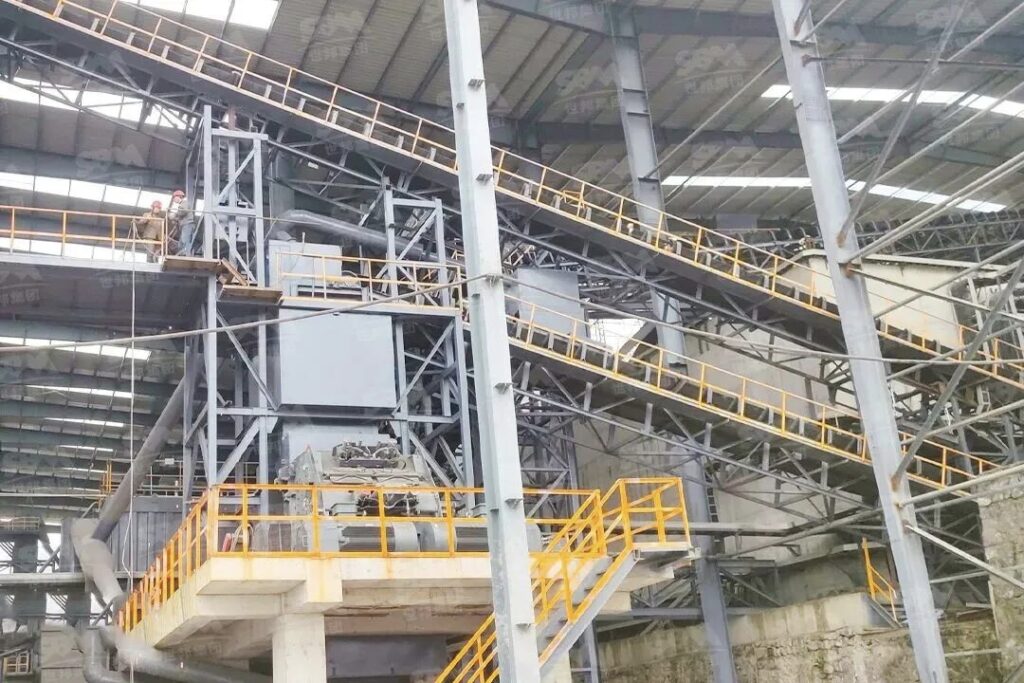In iron ore processing, over-crushing is a hidden “efficiency killer.” When the proportion of fine particles (usually <0.074mm) in crushed products is too high, it not only causes metal loss (as fines are discharged with tailings), but also increases reagent consumption, blocks screening equipment, reduces ball mill throughput, and eventually drives up overall production costs.

Studies show that for every 5% increase in the over-crushing rate, mineral recovery decreases by 2–3%, and processing costs per ton rise by 8–10%. This article shares key design principles for iron ore crushing and screening systems. Through proper equipment selection, process optimization, and parameter control, plants can achieve precise crushing and efficient screening, minimizing over-crushing from the source and improving beneficiation efficiency.
1. The Hidden Risks of Over-Crushing
- Metal loss: Excess fines (<0.074mm) are easily lost during magnetic separation or flotation.
- Rising costs: More reagents and washing water are required, increasing operating costs.
- Equipment overload: Excess fines reduce crushing and screening efficiency, forcing ball mills to work under higher loads.
2. Core Causes of Over-Crushing
- Improper equipment selection (e.g., using impact crushers for tough magnetite).
- Incorrect parameter settings (too small discharge openings or high rotor speeds).
- Poor screening capacity, leading to fines returning to crushing stages repeatedly.
- Unbalanced system load between crushing and screening units.
3. Strategies to Prevent Over-Crushing
- Equipment Selection: Choose crushers according to ore hardness and toughness (e.g., cone crushers for magnetite, impact crushers for brittle hematite).
- Parameter Optimization: Control discharge opening size, rotor speed, and feeding rate to match grinding requirements.
- Screening Design: Use multi-layer vibrating screens to quickly separate fines and reduce repeated crushing.
- System Coordination: Ensure crushing capacity ≤ screening capacity, apply real-time monitoring, and add ore washing for clay-rich ores.
Conclusion
A well-designed iron ore crushing and screening system must balance equipment, parameters, and process flow. By reducing over-crushing, plants can improve recovery rates, lower processing costs, and enhance overall beneficiation performance.

Leave a Reply